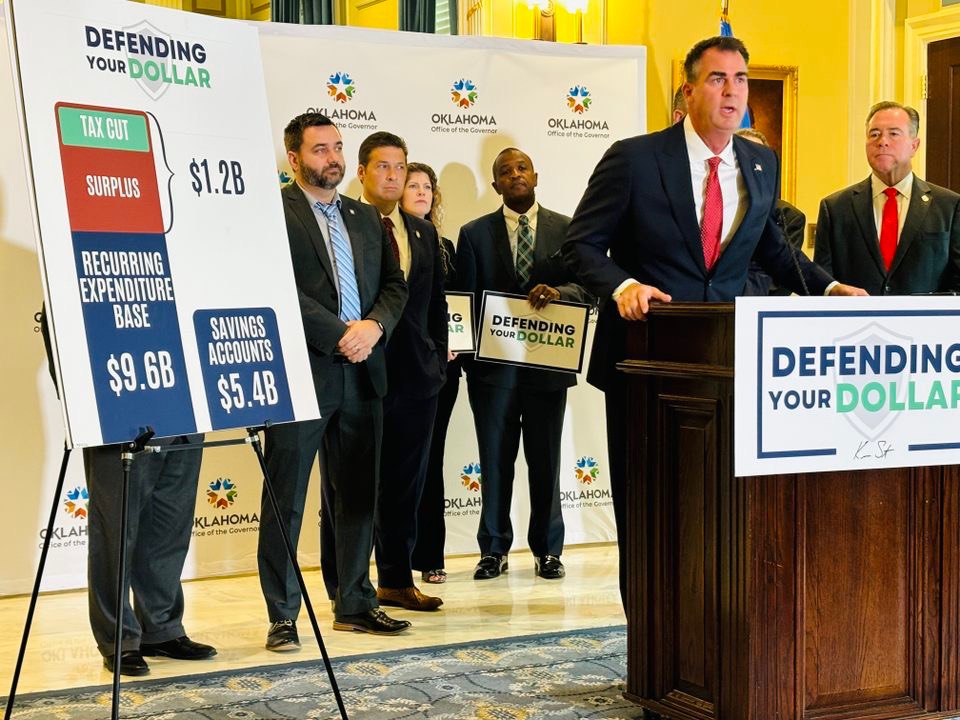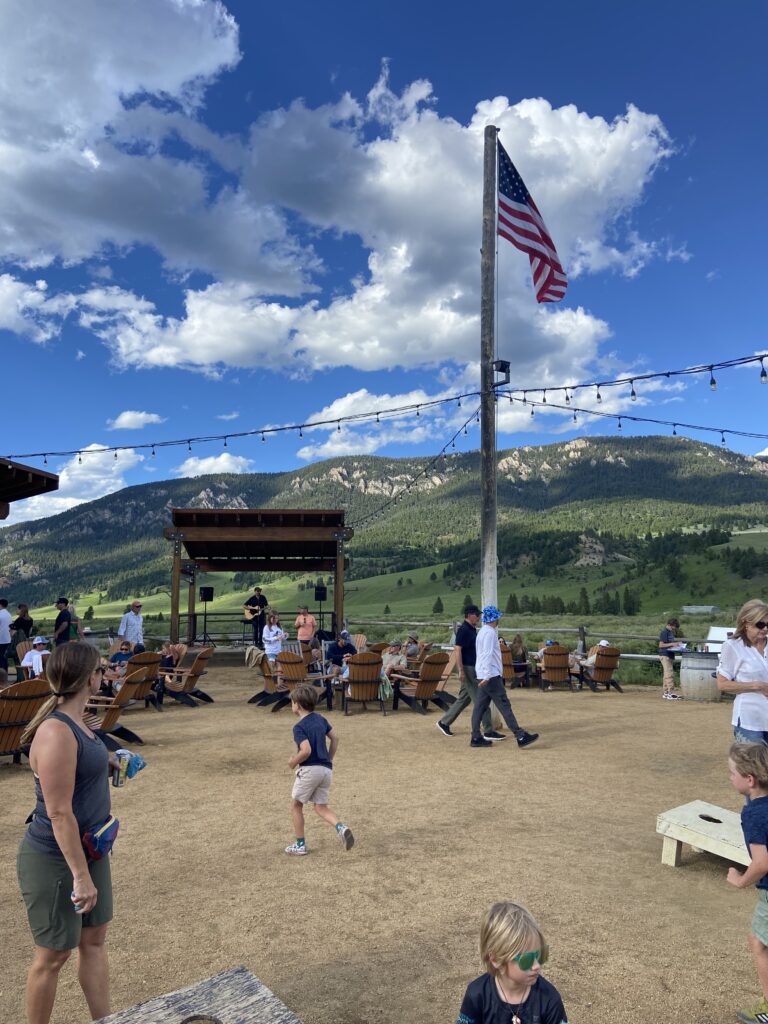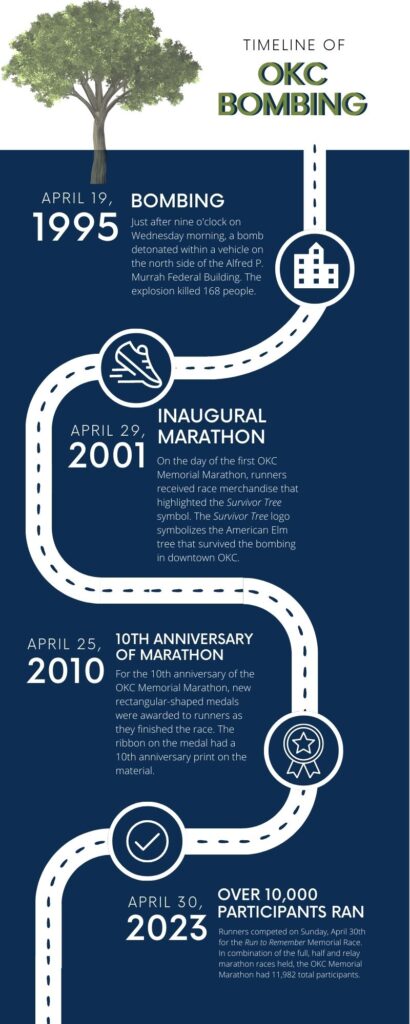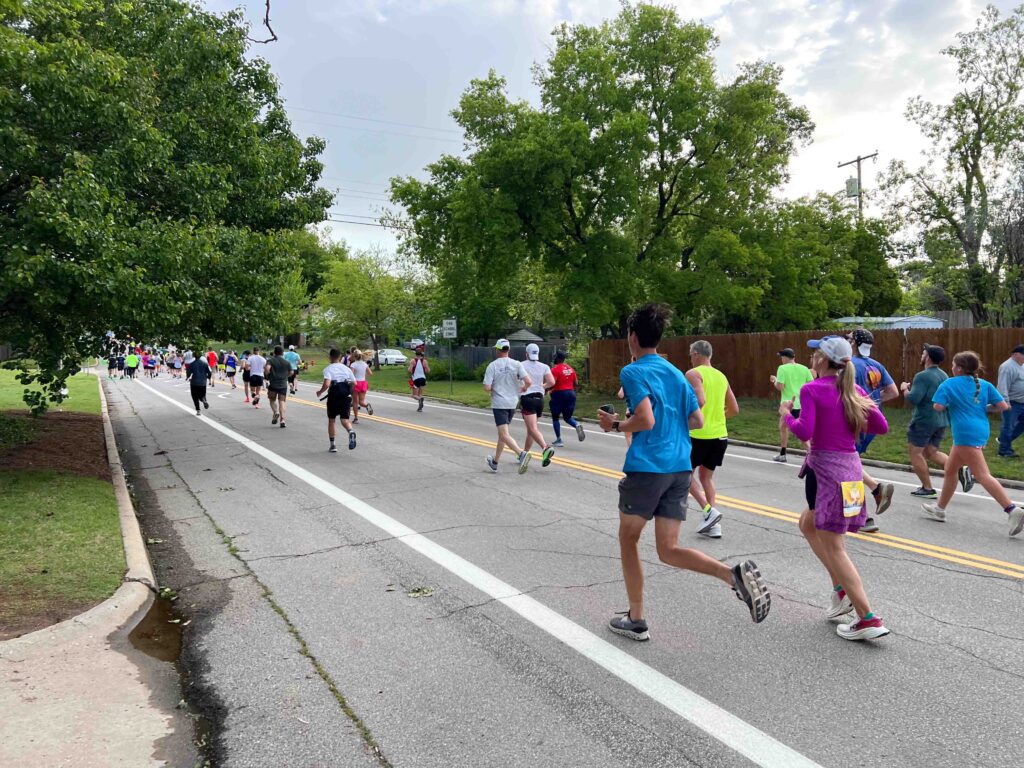January 15, 2024

Citizens converse among themselves at Urbandale Middle School in Iowa to support Jason Menke as he runs for the Iowa House to represent District 44. Darian Curry/Gaylord News
DES MOINES, Iowa- Abortion right are a major player in the political rift dividing Americans, but for Iowa Republicans, not so much.
“Just because a candidate says they’re against abortion, I don’t think I am going to vote for them just because of their stance,” said Jacqueline Zapata, a politically conservative teacher from Storm Lake.
Seven states – California, Kansas, Kentucky, Michigan, Montana, Ohio and Vermont – recently upheld constitutional protection for abortion access.
Republican leaders, including Gov. Kim Reynolds, have led the charge to impose in Iowa severe restrictions on a women’s right to an abortion.
Iowa legislators are considering a constitutional amendment that would deny abortion rights, but actions taken in those seven states have them seeking alternatives to banning abortion.
With legality determined by the gestational period of a fetus, abortion is available in Iowa.
Women can terminate pregnancies with an abortion pill, also known as a medical abortion, if they are up to 11 weeks in gestation. In-clinic abortions are legal up to 20 weeks and 6 days pregnant.
Zapata said she is pro-life and would not seek an abortion due to her moral beliefs.
“When political figures speak to what the people want to hear, it doesn’t mean that something is going to happen,” Zapata said. “At the end of the day, the politicians don’t have the full power to make those decisions. It really depends on more individuals in our government than just the president.”
Republican presidential candidates steered away from abortion access conversations during caucus rallies, due to the controversial nature of reproductive rights debates across the nation.
Although the caucus focused on who Iowans would prefer as a presidential candidate, the political environment of the state plays a role in what voters care about.
In December, an NBC/Des Moines Register/Mediacom poll showed former President Donald Trump leading with 51% support from Republican voters.
The Hill Journalists Caroline Vakil and Julia Manchester examined how Trump targeted the evangelical voters of Iowa, who are primarily members of the GOP and take an anti-abortion stance. They said conservative, evangelical voters were the key to Trump’s wins in Iowa.
According to Politico’s 2020 presidential election results, Trump carried Iowa with 897,672 votes. Democratic nominee Joe Biden drew 759,061 votes, giving the Republican party an 8.2% margin of victory.
In May 2018, Senate File 359 was signed into law by Iowa Gov. Reynolds. The bill, commonly referred to as the fetal heartbeat abortion ban, moved the allotted time women had to seek an abortion from 22 weeks gestation to six weeks.
An Iowa Supreme Court ruling overturned that legislation, and a district court judge stayed a similar bill passed last year during a special session of the Iowa Legislature.
Iowans looking to overturn the court rulings, including Reynolds herself, say a new piece of legislation could be written to restrict abortion later in a woman’s gestational period.
Another way to fight the Iowa Supreme Court ruling, pro-life supporters say, would be to amend the state constitution to grant “personhood” to a fetus at a certain stage of a pregnancy.
A lawsuit challenging the fetal heartbeat ruling has been sent back to the Polk County District Court to be further adjudicated.
Maggie Bice, a Democratic Iowan, takes a pro-choice stance on abortion.
“In the last few years, the lack of support for women and their reproductive rights is embarrassing,” Bice said. “It shows a way that our society has been regressing, especially here in Iowa.
Access to resources like Planned Parenthood and other clinics for a variety of health care resources is something that many people cannot live without; health care, including abortion, changes lives for the better.”
The governor and members of the Iowa Legislature are majority pro-life and in support of banning medical and in-clinic abortions. The Iowa Supreme Court consists of seven Republican-appointed justices.
But a Des Moines Register poll conducted in October 2022 showed 61% of Iowa voters identifying as pro-choice and 39% as pro-life.
Leading up to this month’s caucuses, Republican presidential candidates downplayed reproductive rights in response to the polls indicating Iowa voters are majority pro-choice.
Since Roe v. Wade was overturned in June 2022, members of the Iowa legislature have been unable to restrict access to abortion. With a lawsuit back in district court, Iowans are waiting to see how reproductive rights for women will unfold.
Gov. Reynolds gave a statement on the Iowa Governor page, “The fight is not over. There is no right more sacred than life, and nothing more worthy of our strongest defense than the innocent unborn. We are reviewing our options in preparation for continuing the fight.”




